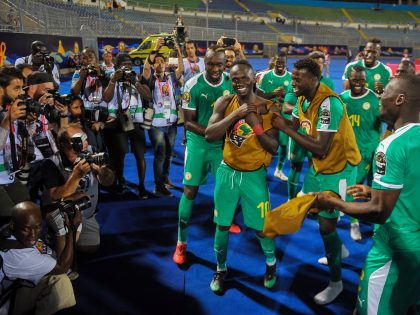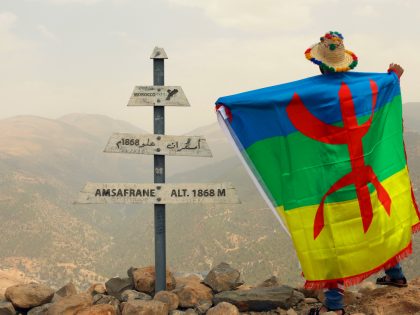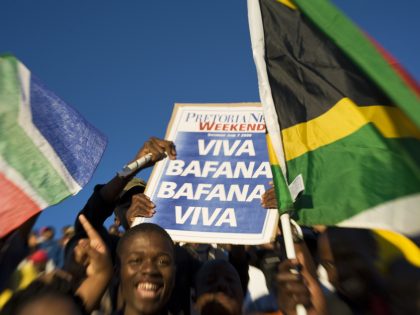Africa on Film: A New Series

We also aim to educate. Over the next few months, Allison Swank will commence a new weekly series on popular (and not-so-popular) films in the United States ‘about’ Africa. The focus will be on the idea of representations and how they contribute to the broader idea of Africa in the West. Let’s get the academic-speak out of the way with her introduction to the series and come back next week:
The starting point is to consider the framework with which we view films about Africa. When we acknowledge the historical underpinnings, then we begin to understand why we interpret images of Africa how we do.
Historically, images of Africa and Africans in Hollywood and other films have been tightly interwoven with racist colonial ideologies. The very first filmmakers on the continent (and many that never stepped foot in Africa) built an unequal race representation structure to which many films still subscribe. The racial hierarchy employed by these films is informed by the notion of racist human evolutionism introduced by the European Enlightenment and proliferated throughout Africa during colonialism.
Hollywood and smaller industries continually adhere to this racist model of humanity and culture by representing Africa in essentialist tropes: tortured black bodies, white guilt, black demons, and white intellect; to name a few.
Yet, the imperialist framework of representation that is still effective today did not derive from a kind of colonial ignorance. There is a popular assumption that misrepresentations, or ‘false’ images of Africa rest on Western ignorance and that truer images of Africa are based on knowledge.
However, the equation of ignorance with falsehoods and knowledge with truth is problematic. False representations of Africa are not based on ignorance, rather a centuries old knowledge structure most popularly highlighted by Edward Said’s comments on the Occident in ‘Orientalism’ (1978).
Said says of Orientalism that it ‘is not an airy European fantasy about the Orient, but a created body of theory and practice in which, for many generations, there has been considerable material investment‘.
One of the primary aims of this series then is to recognize the origins of Hollywoodian images of Africa within this knowledge structure so that it is no longer passed off as Western ignorance, but identified as the powerful paradigm that it is.
I will start next week with a discussion of the Tarzan films and work forward from there. Like Sean said, the academic-speak is now out of the way. See you next week. — Allison Swank



















